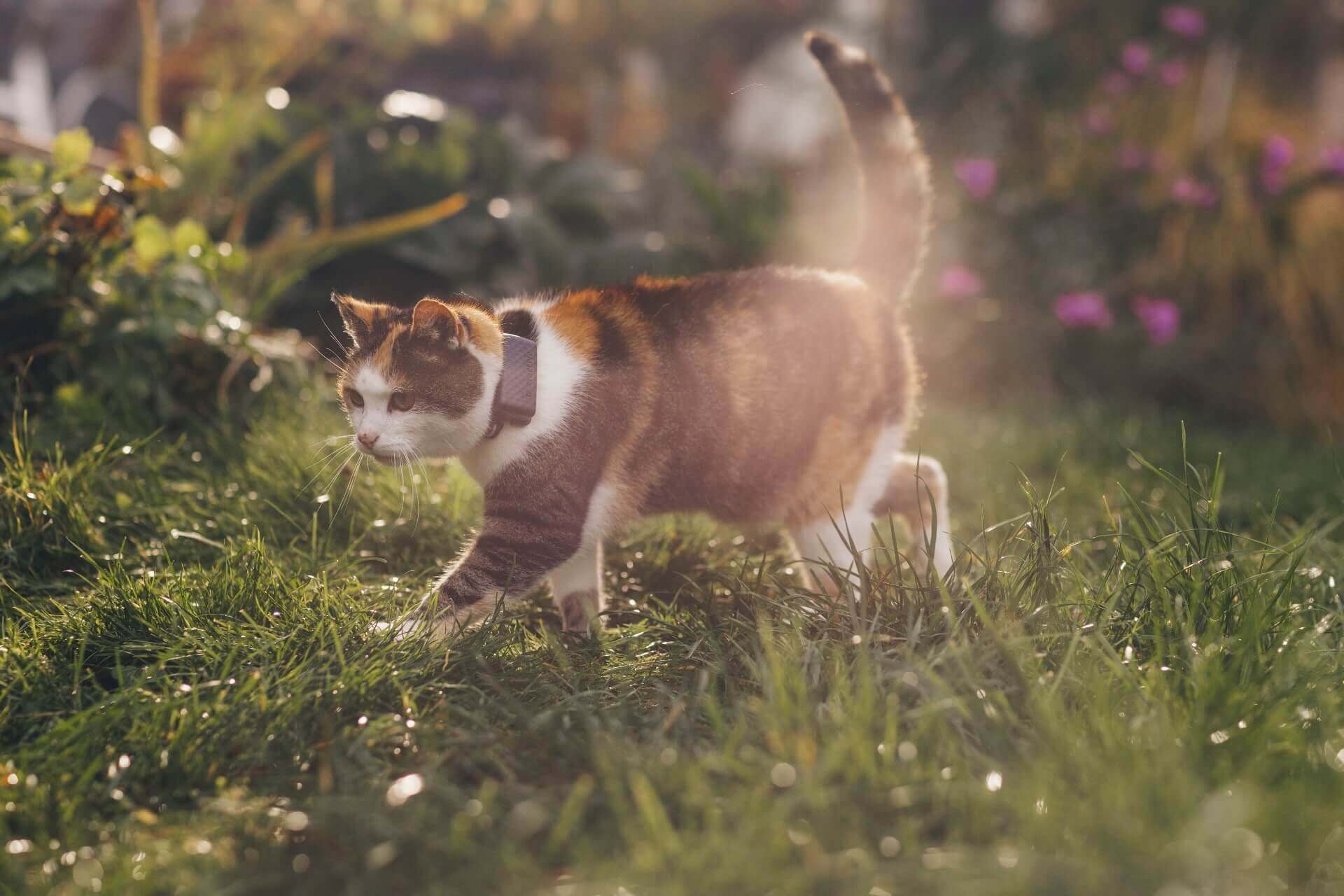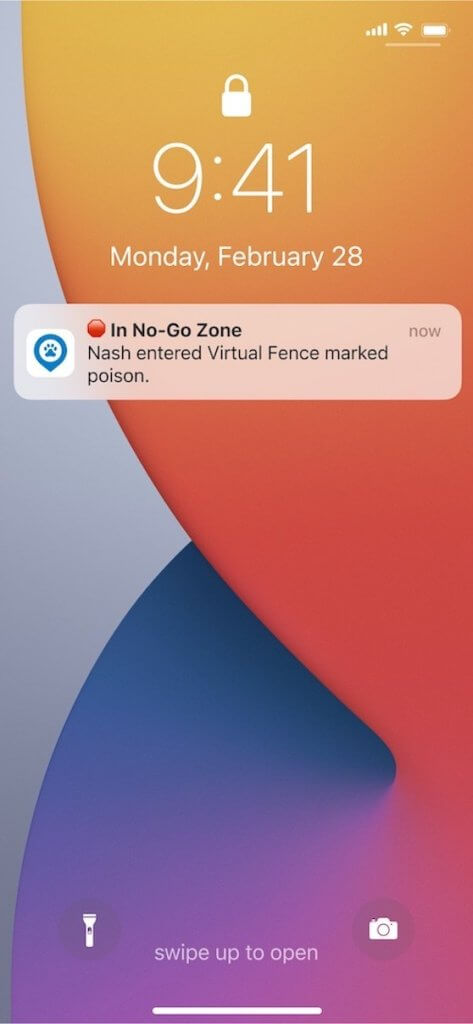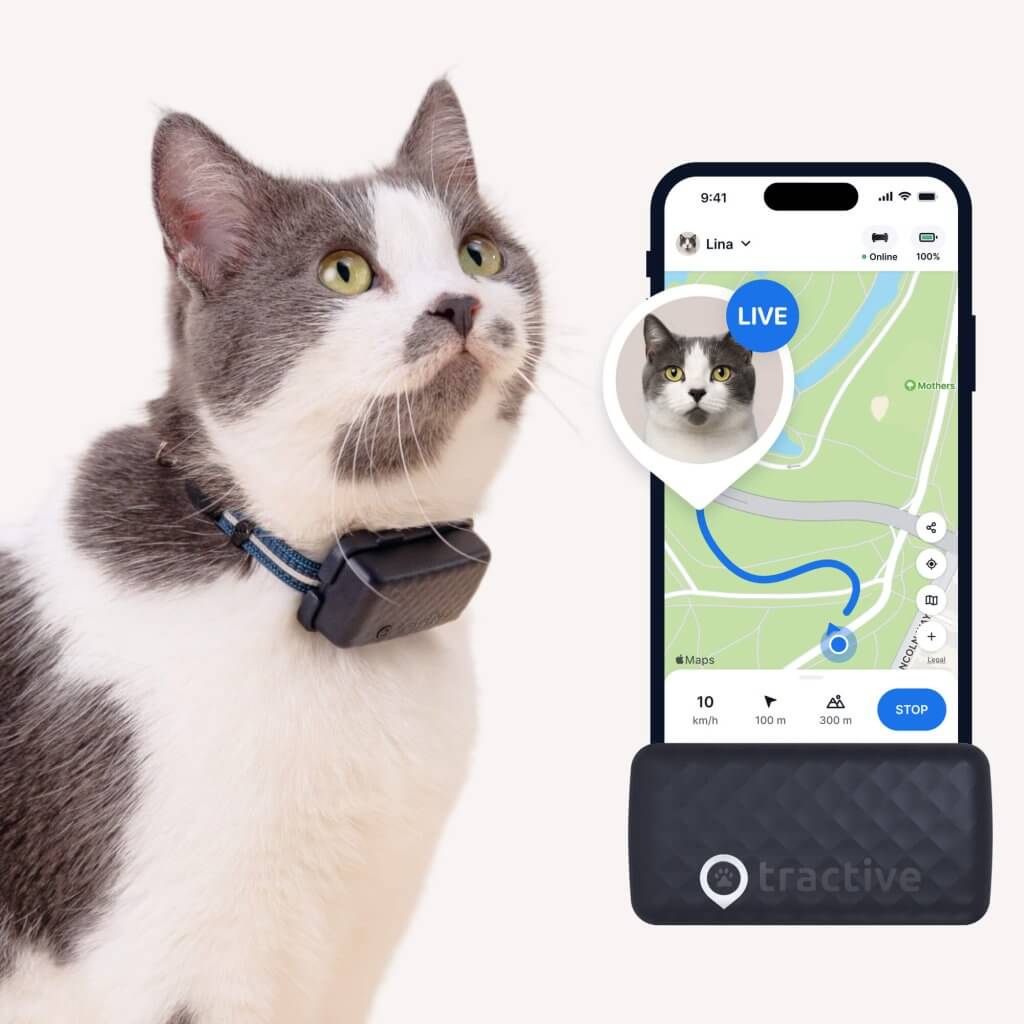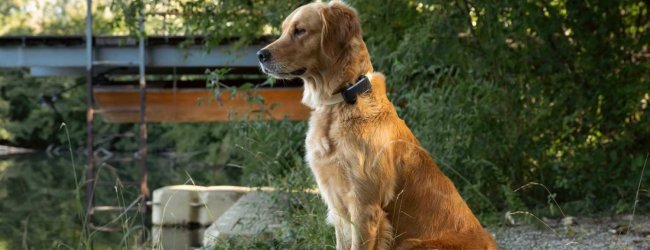Why A Virtual Cat Fence Is The Smart, Humane Choice
A virtual cat fence is a stress-free, shock-free, affordable alternative to invisible cat fences or even a physical one. Here's why.
As cat parents, we all want our beloved furballs to be safe, happy, and healthy. For many, that means allowing them some outdoor exploration. But how do you balance their desire for adventure with the very real dangers of traffic, predators, or simply wandering too far? That’s where a virtual cat fence can come in handy. Let’s explore some options, from traditional barriers to cutting-edge virtual solutions, and clear up some misconceptions along the way.
Key Takeaways
Allowing cats outdoor access comes with risks like vehicles, predators, poisons, and getting lost, making containment solutions important.
Traditional cat-proof fencing, catios, and mesh barriers can be effective but are often costly, complex to install, visually intrusive, and may require ongoing maintenance.
Invisible fences and shock collars that administer static correction are strongly discouraged by vets for cats due to the stress, anxiety, and potential physical harm they cause.
A GPS-based virtual cat fence (like Tractive) offers a humane alternative, providing real-time tracking and notifications without any painful shocks, ensuring your peace of mind.

Find out where your cat spends their time.
Read moreWhy your cat lives a longer, happier life with a fence
Giving your cat supervised outdoor access can be incredibly enriching for them. It keeps them mentally active, ensures they get some exercise, and gives them a chance to engage with their natural instincts. It does, however, come with dangers like:
- Vehicles
Accidents with cars are a leading cause of injury and death for outdoor cats. - Predators
Coyotes, aggressive dogs, and even other territorial cats can pose a threat. - Poisons
Ingesting toxic plants or substances is a serious risk. - Getting lost
Cats can easily wander far from home, especially if they are startled or disoriented. - Disease
Exposure to unvaccinated animals can lead to illness.
This is why many cat owners turn to fencing solutions to create a safe outdoor space.
Physical cat fence options you’ve probably considered
- Cat-proof fencing
This typically involves extending existing fences upwards with angled toppers or mesh, preventing cats from climbing over. Some companies specialize in cat-specific fence designs that are difficult for even the most agile felines to scale. - Catios
These enclosed outdoor structures provide a safe and enriching environment for your cat, often connected directly to your home via a cat flap. Catios come in all shapes and sizes, from small window boxes to elaborate multi-level enclosures. They’re a fantastic way to offer fresh air and sunshine without any escape risk. - Mesh barriers
Simple mesh netting can be used to create temporary or permanent enclosures, especially useful for balconies or small garden areas.
But while effective, these physical solutions can come with several downsides.
They can firstly be costly to purchase and install, especially for larger areas or custom designs. Installation often requires significant time and effort, and may even necessitate professional help.
For renters, physical fences might not be an option due to landlord restrictions or property modifications. They can also be visually intrusive, altering the aesthetic of your yard. Finally, you might end up paying more down the line besides just your upfront costs. Your physical fence does also need ongoing maintenance to ensure it remains secure and deters your cat’s escape attempts.
Invisible cat fences & shock collars: Also not ideal choices
Scrolling through Google, you might come across “invisible fences” or “shock collars” for cats. These systems typically involve a buried wire or a wireless transmitter that creates a boundary. Your cat wears a collar that delivers a static “shock” correction if they cross this boundary.
However, for cats, these methods are strongly discouraged by vets and are not considered humane. A sudden static shock can cause your cat immense stress, fear, and anxiety, leading to behavioral problems or a general distrust of their environment. Unlike some dogs, cats often react to a shock by panicking and bolting through the boundary rather than retreating. This can lead to them getting lost, injured, or trapped outside the safe zone.
While often called “static correction,” these are still shocks that can cause pain and, in some cases, even physical injury if the collar malfunctions or is used improperly. Using painful deterrents can also damage the bond and trust between you and your cat, making them fearful of you or their collar.
For these reasons, you’re better off seeking out humane alternatives that prioritize your cat’s safety and well-being without resorting to pain or fear.
Where a virtual cat fence can step in
This is where a true “virtual cat fence” comes into play, offering a humane and modern solution. Unlike static-correction systems, these rely on GPS technology and geofencing, without any painful shocks. A virtual cat fence system, like Tractive, uses a small, lightweight GPS tracker attached to your cat’s collar. Through our smartphone app, you can set up “virtual fences” or “safe zones” on a map.

Now, when your cat approaches or crosses one of these virtual boundaries, the system does not administer any static correction. Instead, you receive an immediate escape alert on your phone. This allows you to intervene, call your cat back, or go retrieve them, ensuring their safety without causing any distress.


Beyond the virtual fence, Tractive devices also offer real-time GPS tracking, so you always know your cat’s exact location. This is invaluable for peace of mind, whether they’re exploring the yard or if they’ve somehow managed to get further afield. Better yet, unlike an AirTag, Tractive devices aren’t limited to a network of compatible devices. Nor are they limited to any range.
Making the right choice for your furry friend
Ultimately, the best solution depends on your specific circumstances, your cat’s personality, and your budget. However, when considering outdoor safety for your cat, remember that their well-being and emotional health should always be paramount.
| Invisible fences (with static correction) & cat shock collars | Virtual cat fence |
|---|---|
| How it works Buried wire or wireless transmitter creates a boundary; the collar delivers a static “shock” correction. | How it works GPS tracker on collar; virtual boundaries set in app; no physical barrier or shock. |
| Humane? No. Strongly discouraged by veterinarians. Causes stress, anxiety, and potential injury. Cats may bolt through shocks. | Humane? Yes. Humane, no pain, no fear. Relies on escape alerts for intervention. |
| Primary function Deterrence through static correction. | Primary function Real-time location tracking and boundary notifications. |
| Intervention method Automatic static shock. | Intervention method Manual intervention by owner upon notification. |
For a smart, humane, and affordable way to give your cat safe outdoor freedom, while keeping them out of harm’s way, a virtual cat fence system like Tractive is a fantastic option that prioritizes their happiness without resorting to harmful methods. Your adventurous feline will thank you!

Track your cat wherever they go
Get real-time location information, wherever they go. Find out when they go somewhere they shouldn’t, with Virtual Fences. And discover their favorite spots with Territory.
And if you’ve liked this post, share it with a friend or a loved one – and let’s help build a safer, kinder world for our furry friends together.



